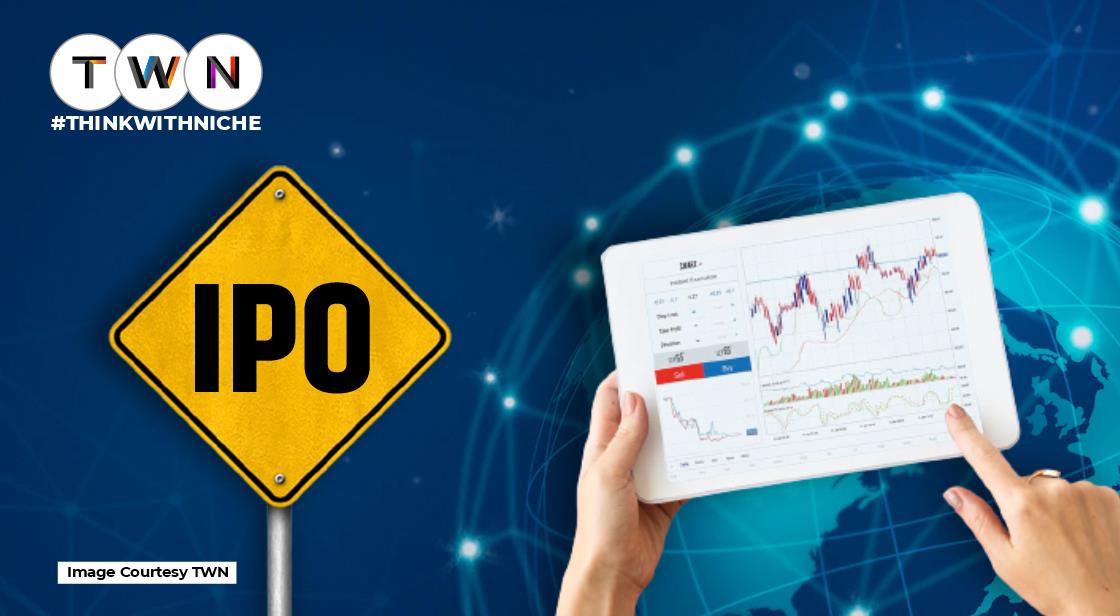Top 10 Largest Global IPOs of All Time

Blog Post
A private organization gets public recognition through an Initial Public Offering (IPO), through shares that are sold by the stock exchange. The media pays a lot of attention to POs, some of it on purpose thanks to the firm going public. In general, IPOs are well-liked by investors due to their propensity to induce erratic price changes on the day of the IPO and shortly thereafter. An IPO has priced an initial value for its new shares when before goes public. The fundamentals and growth prospects of the company play a significant role in determining its value. There are two types of Initial Public Offerings (IPO): Fixed Price Offerings and Book Building Offerings. An initial Public Offering has a list of Purposes, like making it easier for people to trade assets, earning profits from the private stakeholders' investment, Fresh equity capital to be injected and obtaining funding for diverse needs. IPO has a working process that involves various steps: Hiring An Underwriter Or Investment Banker, Incorporating an IPO, Verification By SEBI, Application Of Stock Exchange, Marketing, The Cost Of The Problem, The solicitation of bids, and Shares allocated. Following are a few top IPOs for investment: AIA Group, Enel SpA, ICBC, Saudi Aramco, General Motors, etc. Many new IPOs have been launched too, like Tracxn Technologies, Electronics Mart, Harsha Engineers, etc. There are advantages as well as disadvantages to IPOs but the risks involved often lead to success.
A private organization gets public recognition through an Initial Public Offering (IPO), through shares that are sold by the stock exchange. Investment banks help private companies sell their shares in public. It is challenging to buy shares in an IPO because the initial offering is typically only available to institutional investors. Soon after the IPO, regular investors can buy shares of a newly public firm. The media pays a lot of attention to POs, some of it on purpose thanks to the firm going public. In general, IPOs are well-liked by investors due to their propensity to induce erratic price changes on the day of the IPO and shortly thereafter. Significant losses as well as large gains might occasionally result from this. Investors should ultimately evaluate each IPO in light of their financial situation and risk tolerance, as well as the prospectus of the company that is going public.
Pricing Of An IPO
A corporation must list an initial value for its new shares when it goes public. The underwriting banks that will market the deal are in charge of doing this. The fundamentals and growth prospects of the company play a significant role in determining its value. Since IPOs could come from relatively young businesses, they might not yet have a demonstrated history of profitability. Comparables may be used in their place. However, in the days preceding the IPO, supply, and demand for the IPO shares will also be important.
Types Of Initial Public Offering (IPO):
1) Fixed Price Offering:
In this IPO, before the company goes public it presents a price for its shares, and the investors are aware of the share price. After the resolution of issues, the market's demand is determined.
2) Book Building Offering:
Investors can purchase shares of the company going public in a specific price range under book building. Investors must state how many shares they intend to purchase as well as their price range. There is no fixed price per share, in contrast to a fixed-price offer.
Purpose Of Initial Public Offering (IPO):
1) To make it easier for people to trade its assets.
2) To profit from the private stakeholders' investment.
3) Fresh equity capital to be injected.
4) To obtain funding for diverse needs.
Working Of Initial Public Offering (IPO):
1) Hiring An Underwriter Or Investment Banker: Investment bank underwriters handle the complete IPO issue and act as a middleman between the company and its top investors.
2) Incorporating an IPO:
According to the Indian Companies Act, every company must produce and publish an IPO registration statement that includes information on risk factors that could influence the firm's financials.
3) Verification By SEBI:
The company can file a formal IPO application with SEBI after submitting the DRHP and the registration statement to the registrar. Later, SEBI checks the company's disclosure facts. The business may reveal a date for its IPO after the application is accepted.
4) Application Of Stock Exchange:
The company can apply to the stock markets for the flotation of its IPO issue following clearance from SEBI.
5) Marketing: The corporation can start marketing its issue after the IPO issue is complete.
6) The Cost Of The Problem:
The corporation consults investment bankers to determine the price of each share, whether through a Fixed Price IPO before the company goes public.
7) The solicitation of bids:
Investors submit their bids here following the Lot price that the company has specified. The corporation establishes a certain price, at which the issue is sold.
8) Shares are allocated:
The firm and the underwriters decide how many shares will be allocated to each applicant after the IPO is closed.
Top IPO Stocks For Investment:
1) AIA Group
2) Enel SpA
3) ICBC Group
4) Saudi Aramco
6) General Motors
7) Meta
8) Adani Wilmar Limited
9) Electronics Mart India Limited
10) Visa
One of the largest companies in the world and Saudi Aramco's energy subsidiary went public in December 2019 and raised USD 25.6 billion by selling 3 billion shares.
Also Read: How To Use Facebook To Market Your Business
List Of Latest IPO
-
Electronics Mart
-
Harsha Engineers
-
Aether
-
DreamFolks Services
Advantages Of Initial Public Offerings
-
Transforming and expanding the equitability.
-
Sanctioning more affordable principal access.
-
Increasing recognition, status, and goodwill.
-
Better management and personnel can be attracted.
-
Promoting purchases in exchange for shares.
-
Generating a variety of funding options, such as Finer bank loans, convertible debt, equity, etc.
-
Benefits in the form of Tax Receivable Agreements.
Disadvantages Of Initial Public Offerings
-
Notable and largely ongoing legitimate, bookkeeping, and retailing expenses.
-
Disclosure of monetary and business information.
-
Management requires significant time and effort.
-
The possibility that necessary cash won't be raised.
-
Information that may be valuable to customers, suppliers, and rivals is made available to the public.
-
Problems with the agency growing and losing control as a result of new shareholders
-
Heightened risk of litigation.
Conclusion: Initial Public Offering or IPO is a high profit-gaining opportunity by investing in stocks various Risks are also involved but it is an event under careful observation. It has several advantages as well as disadvantages but leading examples exist to motivate one for investing in IPO.
You May Like
EDITOR’S CHOICE












